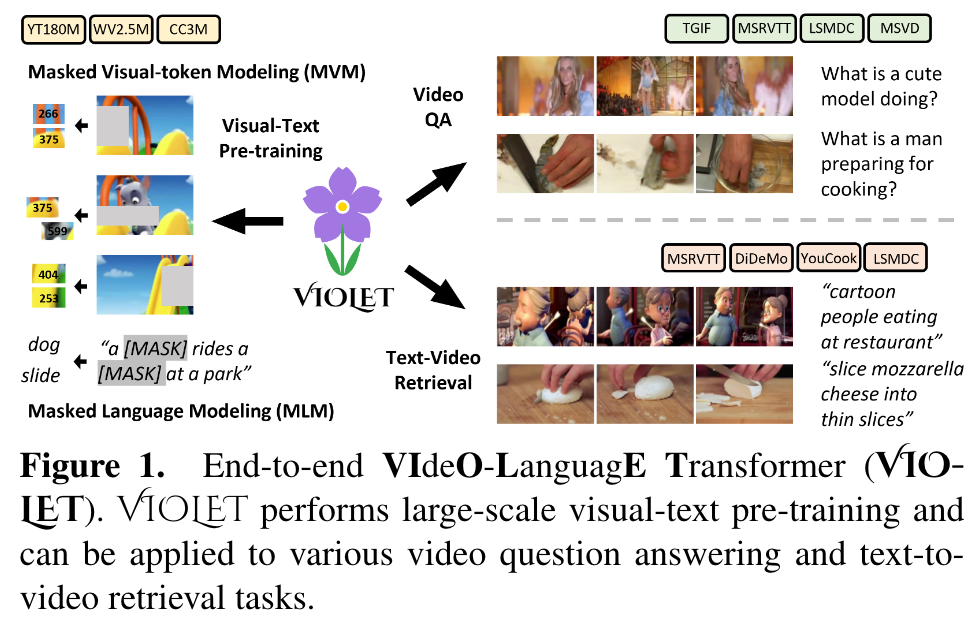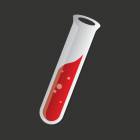VIOLET End-to-End Video-Language Transformers with Masked Visual-token Modeling
This is my reading note for VIOLET : End-to-End Video-Language Transformers with Masked Visual-token Modeling. This paper proposes a method to pre-train video-text model. The paper has two major innovations 1) use video SWIN transformer to extract the temporal features; 2) uses VQVAE to extract visual tokens and apply mask recovery on the tokens.

